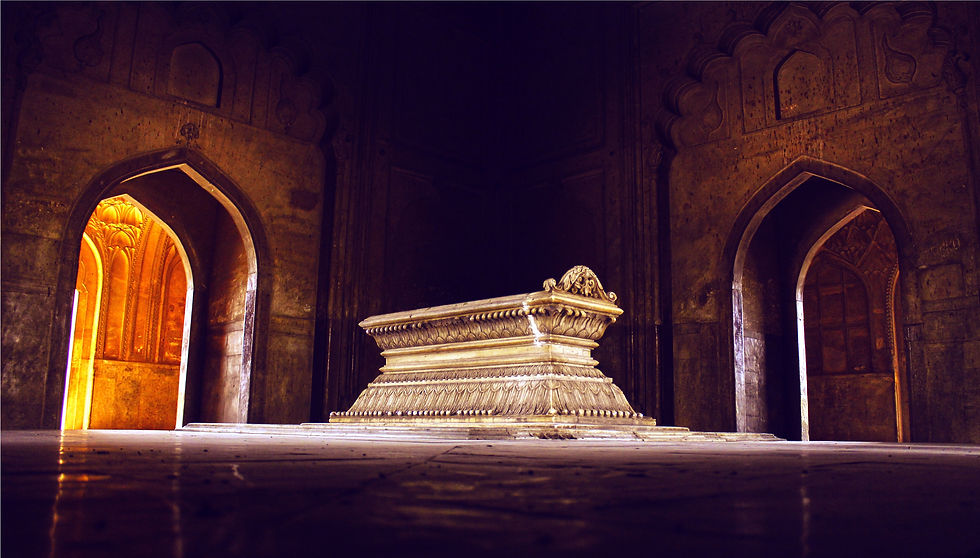Tomb safdarjung: A symbol of Mughal power
- himanshahuja130

- Apr 29, 2016
- 2 min read

One of the jewels to crown Delhi's inherited treasures is the Safdurjung tomb built in 1754 for the Mughal statesman after whom the mausoleum was named. Situated at the head of the Lodi road, the tomb emits the glow of the Mughal era, a spectacle indeed for the hundreds of tourists visiting it daily. The plan of the tomb structure is similar to that of the Humayun's tomb over an area of 30 sq. mtrs. The architectural design of Safdarjung`s Tomb is such that it includes four impressive characteristics like the five part fa‡ade, a giant podium with a concealed stairway, a central mausoleum and a nine-fold floor plan. It is a beautiful marble and sandstone mausoleum and is quite similar to the style of Humayun`s tomb which is surrounded by an enclosed garden. The entrance of the tomb is two-storeyed and is embellished with intricate architectural patterns, adorned with purple shades. An Arabic inscription is existent on the entrance surface and its translation can be observed as "When the hero of plain bravery departs from the transitory, may he becomes a resident of God`s paradise". The tombs architectural beauty is, thus, undying for someone was visited the tomb on multiple occasions, like me. However, there exist several question marks on the very glory of this tomb. Given the notoriety that Safdarjung’s tomb has received on account of the evocative remarks furthered about it in travel blogs and books, one wonders if the beautiful tomb loses much of its charm on account of the impression of it being “the last flicker in the lamp of Mughal architecture in Delhi". That it has been ridiculed for being built out of marble pilfered from previous tombs, overly ornamented with plaster, a poor copy of Humayun’s Tomb nearby and even for possessing the color of potted meat is a known fact, what is more shocking, and equally disappointing, is that most people writing about the tomb never really attempt to discover the history behind its construction and ornamentation or into Safdarjung’s life and machinations. As a consequence, the common fails to see the poeticism in these flaws, forgetting that the tomb has been and will be preserved and remembered for its mark in Indian history and its symbolism for the power of the Mughal sultanate.
























Comments